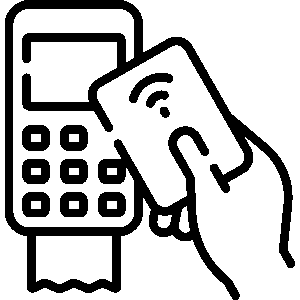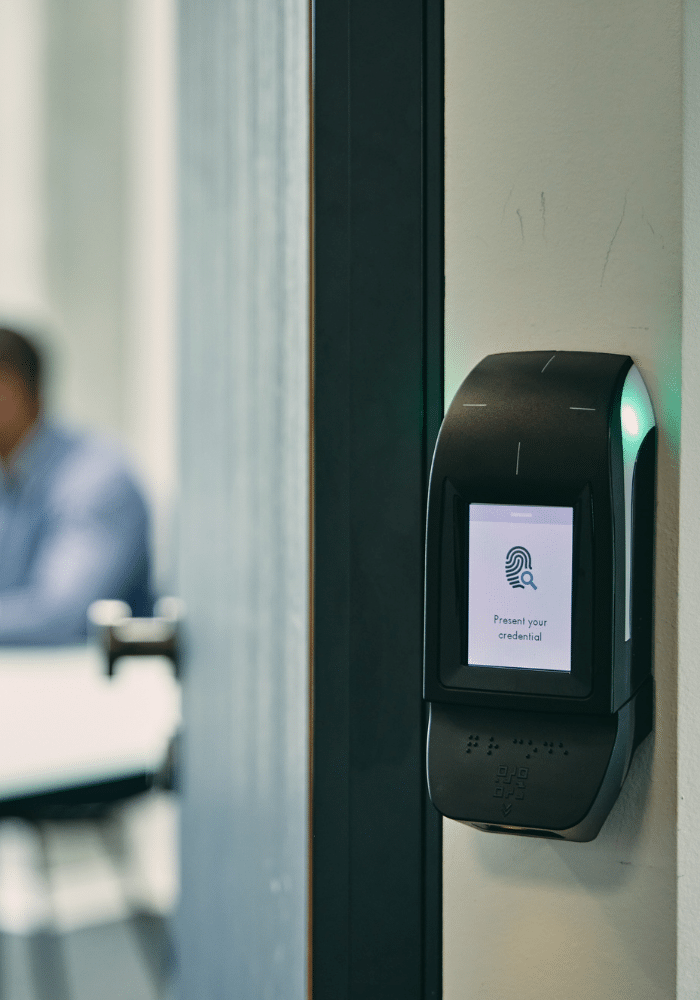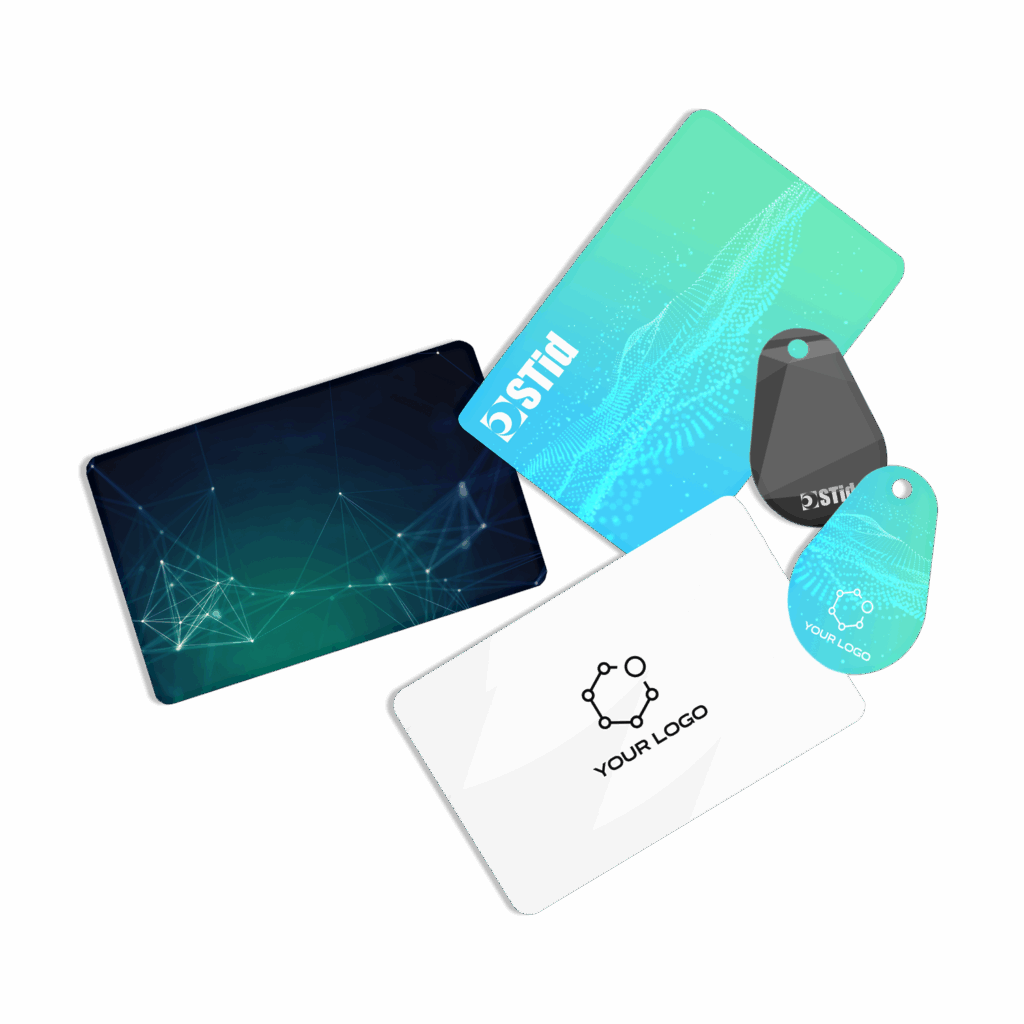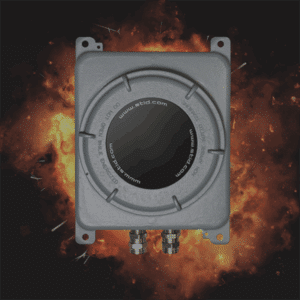1 Minute to understand RFID
RFID Everyday Use and its Role in Access Control
RFID, or Radio Frequency Identification, is a technology that enables the identification and tracking of objects or individuals remotely using radio waves. Unlike barcodes or QR codes, RFID does not require direct contact, making it especially effective in many areas.

How Does It Work?
RFID is based on a transmitter-receiver—often called a reader—and a transponder (or “RFID tag”).
The tag contains a microchip that stores data, and when it’s near the reader, it communicates via radio waves. The information can include unique identifiers, product data, and more.
There are two main types:
- Passive RFID: No battery required; it’s powered by the reader.
- Active RFID: Has its own battery, allowing for a greater range.
How Is It Used in Daily Life?
RFID is all around us every day:
When you scan a badge to enter your office, walk past anti-theft detectors without triggering them, or tap your transport pass, RFID is working behind the scenes.
Even pets can be equipped with RFID through identification microchips!
Surprisingly, some brands now embed RFID in clothing or luxury goods to fight counterfeiting.
Invisible but everywhere, this technology shapes our modern world, often without us noticing.

Subscriptions, loyalty programs, transit passes…
Tracking of high-value items or in critical sectors…

Identification chip for pets

Bike, scooter, and car sharing services….

RFID in Access Control
In access control systems, RFID secures entry to buildings, restricted zones, or vehicles.
For instance, RFID badges or access cards are used in businesses, hotels, and parking facilities.
When a person presents their badge near an RFID reader, the system either grants or denies access based on stored data.
This makes security fast, contactless, and reliable.
In Summary
RFID is transforming not only our everyday routines but also how we manage access, delivering a smooth and secure experience. No more keys or complicated codes: with a simple badge or card, access becomes instant and trustworthy.
This technology reduces fraud, simplifies entry management, and enhances the security of sensitive areas. Its growing adoption proves how effective and essential it has become in a world where protecting people and data is a top priority.
Related Articles

1 min to understand: 125kHz – 13.56 MHz – UHF




